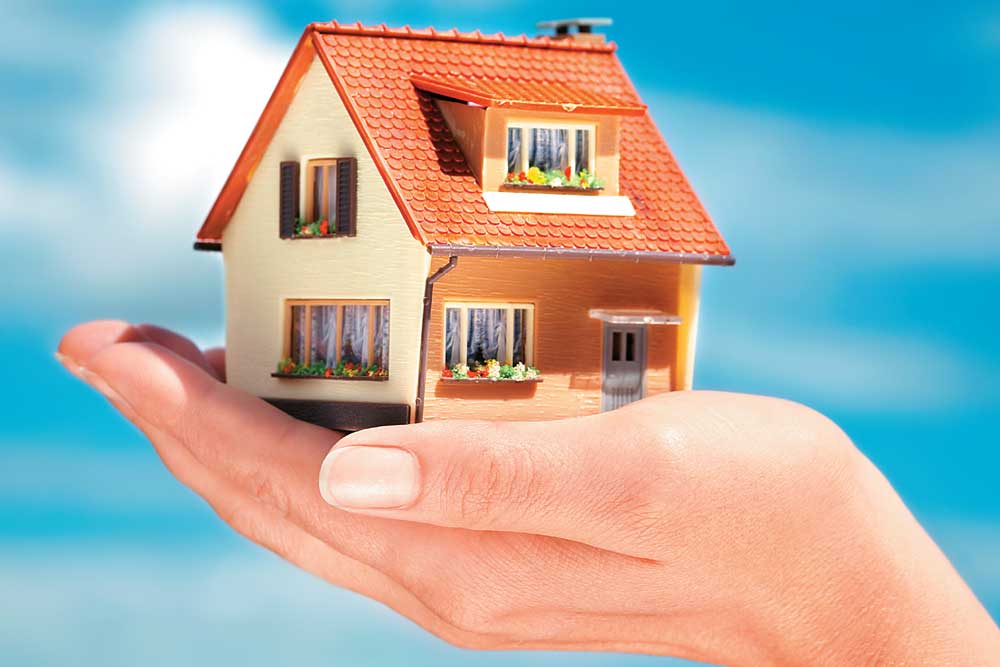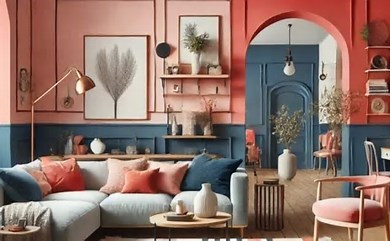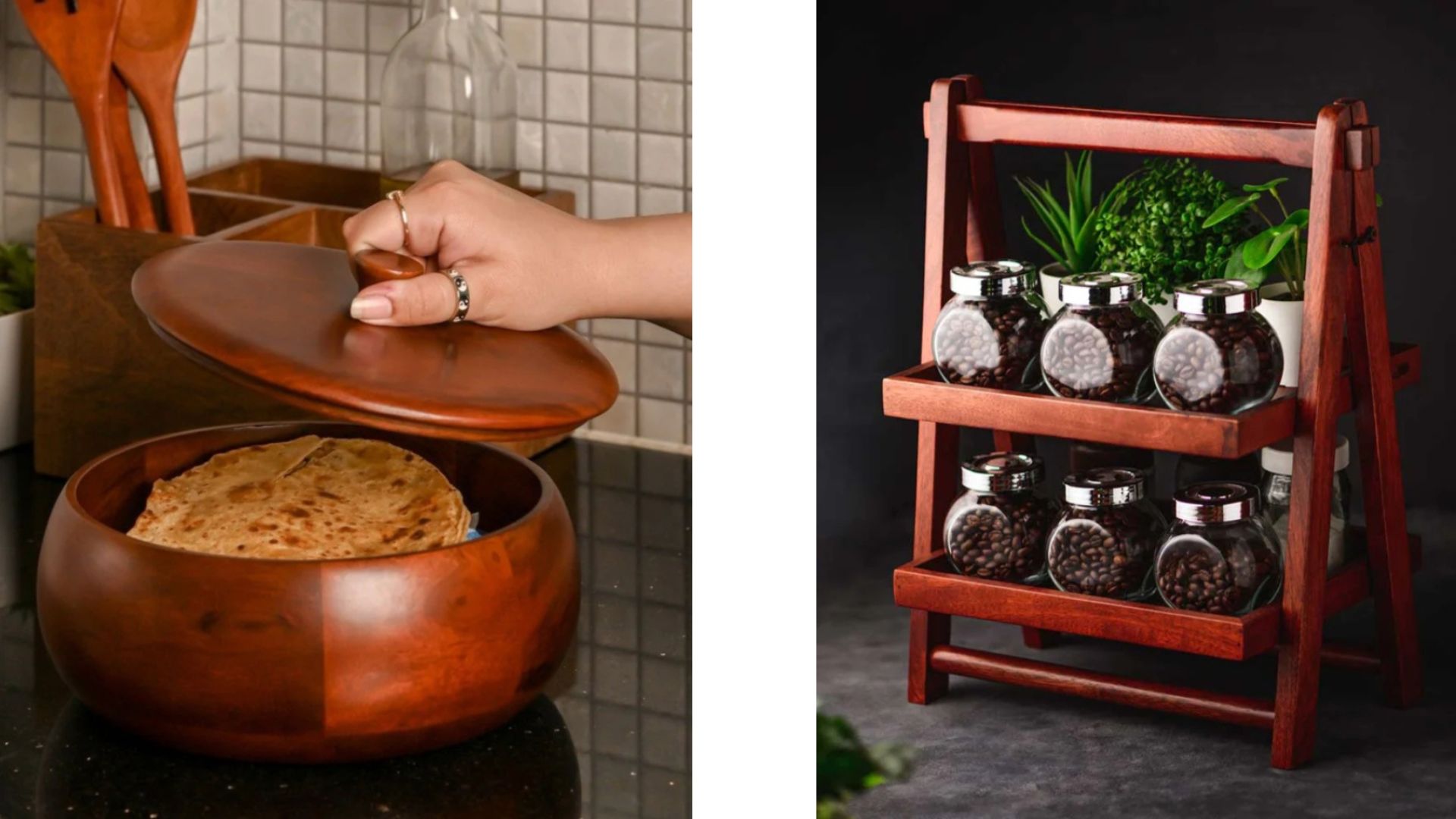There has been a substantial shift in how we view and prioritise our living environments. Homes are no longer just shelters, they are becoming sanctuaries that prioritise health and well-being. This trend is reflected not only in the growing popularity of environmentally friendly behaviours, but also in the adoption of cutting-edge technology and designs that promote sustainability and improve our quality of life.
Eco-Friendly Lifestyle
One of the most apparent trends in modern house design is a focus on sustainability. From energy-efficient appliances to passive heating and cooling systems, homes are increasingly embracing eco-friendly techniques to reduce their environmental impact. The use of renewable materials, such as bamboo and repurposed wood, not only lowers waste but also enhances the visual appeal of living areas.
Mid-Income Housing and Sustainability
Mid-income housing is essential in the pursuit of sustainable living. While sometimes underestimated, these innovations are adopting sustainable techniques in order to make environmentally responsible living more accessible to a larger range of people. Mid-income housing developments incorporate environmentally sensitive elements such as energy-efficient appliances and solar panels, as well as community gardens and green areas while remaining affordable. These initiatives promote sustainability at all income levels, not just lowering carbon footprints but also creating inclusive communities in which everyone may prosper in harmony with nature.
Biophilic Design
Another developing trend is biophilic design, which aims to incorporate natural aspects into the built environment. Biophilic design, which includes green roofs and living walls as well as huge windows that let in plenty of natural light, has been demonstrated to lower stress, improve cognitive performance, and boost general well-being. By blurring the distinction between indoor and outdoor areas, biophilic design fosters a sense of connection to nature, supporting a healthier and more balanced lifestyle.
Smart Homes for Health
Technological advancements have also transformed how we interact with our living environments. The proliferation of smart home gadgets enables homeowners to monitor and manage numerous elements of their surroundings, including temperature, air quality, lighting, and security. These technologies not only improve convenience, but also contribute to a healthier interior environment by creating ideal circumstances for comfort and well-being.
Wellness-Centered Spaces
In addition to having ecological and technologically sophisticated features, modern houses are being constructed with the health and welfare of their residents in mind. From specialised workout rooms and meditation areas to spa-like baths with hydrotherapy elements, these wellness-centric spaces address homeowners’ holistic requirements, boosting physical, mental, and emotional well-being.
In conclusion, as we face the challenges of the twenty-first century, the value of sustainable, healthy, and resilient houses cannot be understated. We can develop houses that suit our requirements today while also sustaining us in the future by prioritising eco-friendly methods, adopting biophilic design, using the power of technology, and creating wellness-centric places. Let us work together to rethink our way of life and build surroundings that nourish and inspire us to live happier, healthier lives.
The author is the CEO & Director of Shubhashish Homes























